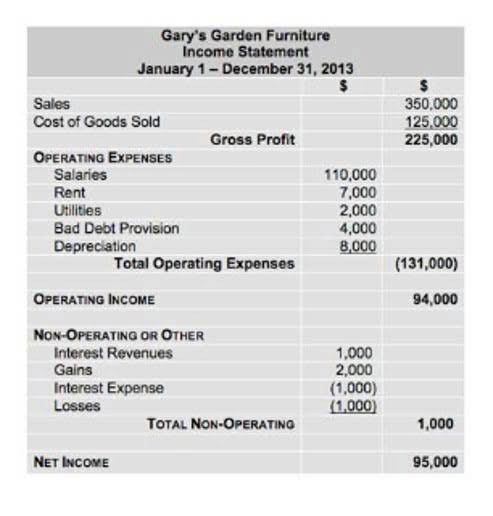Incremental Costing: How to Calculate and Compare the Incremental Costs and Benefits of Different Options

They need to compare the additional costs (advertising, discounts, and staff overtime) against the incremental benefits (increased footfall, sales, and brand visibility). Remember, comparing benefits and costs is not a one-size-fits-all approach. The importance of each factor may vary depending on the specific context and goals of the decision-maker. By carefully considering all relevant aspects and using appropriate analytical tools, you can make well-informed decisions that align with your objectives. They are always composed of variable costs, which are the costs that fluctuate with production volume. Incremental cost is the total cost incurred due to an additional unit of product being produced.

Incremental Cost Vs Incremental Revenue

As a simple figure, the incremental cost of a widget would be the wages for the employee for an hour plus the cost of the materials needed to produce a widget. A more accurate figure could include added costs, incremental cost such as shipping the additional widget to a customer, or the electricity used if the factory has to stay open longer. Assumptions form the foundation of any analysis, and it is crucial to make reasonable and justifiable assumptions. These assumptions provide a framework for our calculations and help us make informed decisions. However, it is essential to recognize that assumptions are simplifications of reality and may introduce uncertainties into our analysis. Suppose the retail chain estimates that the online platform will generate an additional $100,000 in annual revenue.

Uses for Incremental Analysis
If a reduced price is established for a special order, then it’s critical that the revenue received from the special order at least covers the incremental costs. Long run incremental costs (LRIC) usually impact the price of a good or service as well. If the cost per unit of a good increases due to an increase in long run incremental costs (LRICs) then a company would have to increase the price of its product to maintain the same profit margin. If the unit cost decreased then a company would reduce the price of its product to maintain the same profit margin and perhaps increase demand or it could operate with a higher profit margin. Incremental costing is a crucial concept when it comes to calculating and comparing the costs and benefits of different options. In this section, we will delve into the intricacies of incremental costs and explore various perspectives to gain a comprehensive understanding.

Related Terms
Founded in 2002, our company has been a trusted resource for readers seeking informative and engaging content. We follow a strict editorial policy, ensuring that our content is authored by highly qualified professionals and edited by subject matter experts. https://www.bookstime.com/ This guarantees that everything we publish is objective, accurate, and trustworthy.
- Because the sunk costs are present regardless of any opportunity or related decision, they are not included in incremental analysis.
- In addition, cost of goods sold would increase as would operating expenses.
- It’s calculated by analyzing the additional expenses incurred based on the addition of the unit.
- If oil prices are expected to decline, then the long run incremental cost of producing the good is also likely to decline.
- Relevant costs (also called incremental costs) are incurred only when a particular activity has been initiated or increased.
- These assumptions provide a framework for our calculations and help us make informed decisions.
Incremental Cost vs. Incremental Revenue
- The fixed costs are not considered over here because they remain the same.
- It is important to differentiate between incremental costs and sunk costs.
- The importance of each factor may vary depending on the specific context and goals of the decision-maker.
- But if the per-unit cost or average cost is decreasing by incurring the incremental cost, the company might be able to reduce the price of the product and enjoy selling more units.
- Incremental analysis is a problem-solving method that applies accounting information—with a focus on costs—to strategic decision-making.
- Management must look at these incremental costs and compare them to the additional revenue before it decides to start producing the new product.
Incremental costs are always composed of variable costs, which are the costs that fluctuate with production volumes. Incremental cost is calculated by analyzing the additional expenses involved in the production process, such as raw materials, for one additional unit of production. Understanding incremental costs can help companies boost production efficiency and profitability. Incremental cost analysis is often Certified Public Accountant used to analyze business segments to determine their profitability. All fixed costs, such as rent, are omitted from incremental cost analysis because they do not change and are generally not specifically attributable to any one business segment.